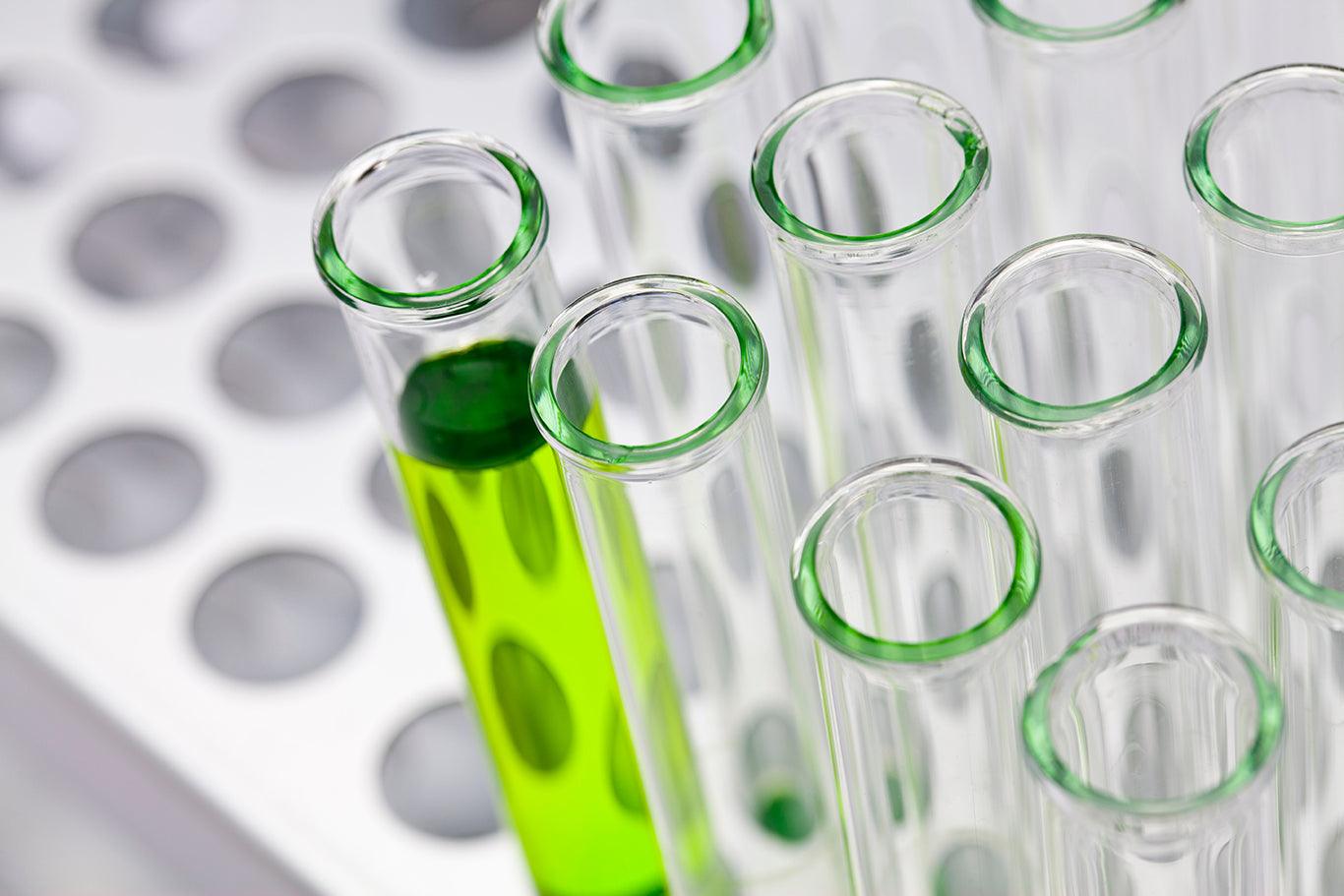Italian law legalized the cultivation of the industrial hemp variety with the approval of law 242/2016 .
From the producers' point of view, this law introduced a great innovation: no authorization is required for the sowing of certified hemp varieties with a THC content of a maximum of 0.2% ; therefore communication to the nearest police station is no longer necessary. The only obligations for the grower are to keep the tags of the seed purchased for a period of no less than twelve months and to keep the purchase invoices of the seed for the period required by current legislation.
In some cases, cannabis plants may be subjected to random checks by the police , with the aim of verifying the levels of active ingredient present in the developing specimens. Any checks must be carried out by a single person and always in the presence of the grower, and the inspectors are required to release a sample taken for any counter-checks. In the event that the percentage of THC exceeds the permitted threshold, the judicial authority can order the seizure or destruction of the cultivation, "excluding the farmer's liability".
What to do before selling cannabis light?
Before selling your light cannabis , you must subject it to laboratory tests that verify the presence of the active ingredients in the permitted quantities. Cannabis analyzes must also be displayed on the packaging with which light marijuana is marketed, to allow consumers to make informed decisions and not risk running into unpleasant surprises.
Accurate tests are crucial for those who use cannabis for therapeutic purposes and need the presence of certain quantities of active ingredient to obtain specific therapeutic effects. Knowing the values of the cannabis you will smoke is also important for classic consumers, since the potency of the inflorescences varies from one type of marijuana to another.
Producers are required to obtain potency data for THC and CBD , the two cannabinoids most present in light cannabis. Knowing the levels of THC and CBD is very important, because the quantity of the active ingredients and their proportion will greatly change the effects of the product.
Data can be obtained for all compounds present in the marijuana plant, such as cannabinoids and terpenes , but their levels are not required by Italian law.
How are THC and CBD levels measured?
The most common technique for measuring THC and CBD levels is called high-performance liquid chromatography (HPLC). This test allows you to separate and quantify a mixture of chemical substances in a liquid solution. A sample of cannabis is taken and mixed with a solvent, such as ethanol.
The solution is pumped at high pressure through a tube, lined with a material that attracts certain molecules in the sample, based on their chemical properties. At the end of the tube there is a detector: the compounds attracted by the material inside the tube reach the detector later. When the molecules reach the detector, their relative abundance is measured. The THC and CBD values listed on the back of cannabis packaging are derived from these laboratory measurements.
How many types of analyzes can be done?
Photo by (Bee Naturalles laboratory, Nea Artaki, Euboea, Greece)
The laboratory analyzes to which cannabis can be subjected are essentially of 4 types - analysis of cannabinoids, terpenes, pathogens and pesticides . Let's see individually what they are for and what information they provide.
- CANNABINOID ANALYSIS
The cannabinoids produced by the plant are always in an acidic state . When marijuana is subjected to the heat of a flame, or the action of UV light, these cannabinoids change into their neutral form. This process is known as decarboxylation . When cannabis is smoked or vaporized, a considerable amount of THCA converts to its neutral form, known as THC.
Liquid chromatography is the analysis method that best adapts to the characteristics of cannabinoid molecules, because it allows you to identify and quantify both the acidic and neutral forms of the active ingredient. The legal values speak of THC, but implicitly refer to TOTAL THC, given by the sum of THC and THCA . To obtain the total THC the following formula applies: THC + (THCA*0.877).
- TERPENES ANALYSIS
Terpenes are the main constituents of plant resin and essential oils extracted from plants.
You can test any cannabis sample, plant or extract, if you want to know the composition of terpenes and/or its classification as Sativa or Indica . Terpenes identified and quantified: major monoterpenes (α-Pinene, β-Pinene, limonene, myrcene, linalool, etc.), major sesquiterpenes (β-caryophyllene, humulene, etc.) and diterpenes (phytol, etc.).
- ANALYSIS OF MICRO-ORGANISMS
Mold and bacteria are widely present in the environment and some of these microorganisms are harmful to humans. Cannabis, like any other plant product, is susceptible to containing microorganisms acquired during cultivation, drying, processing and storage .
It is possible to know the total amount of microorganisms present in a sample through microbiological testing, which gives an idea of the quality of the weed. It is also possible to identify microorganisms that can cause serious damage to human health such as, for example, Escherichia coli.
A high quantity of microorganisms in a sample is indicative of not having correctly followed basic hygiene recommendations during the cultivation, processing and storage phases.
- DETECTION OF HEAVY METALS AND PESTICIDES
Growing cannabis in soil contaminated with heavy metals or using low-quality fertilizers can lead to high levels of these metals in the final product.
The American Herbal Pharmacopoeia establishes the following limits for the daily intake of heavy metals:
- Arsenic, 10 micrograms
- Cadmium, 4 micrograms
- Lead, 6 micrograms
- Mercury, 2 micrograms
The cannabis plant is exposed to numerous diseases and may require the use of pesticides during the cultivation phases. However, the lack of regulation often exposes consumers to very high risks due to pesticide residues that can be left on the plant.
This is especially important in the case of extracts , as it is not only the cannabinoids that are concentrated, but also the pesticide residues in the plant matter. So, for example, the amount of pesticide residues may be undetectable in plant matter, but exceed recommended limits when an extract is produced.
What should I know about the main cannabinoids?
Cannabinoids are the active ingredients contained in the cannabis plant: delta-9-tetrahydrocannabinol, better known as THC, is one of the best known. THC is an amazing compound, with painkilling, euphoric, antiemetic, stimulant, calming and anti-inflammatory properties .
There are many cannabinoids, less famous than THC, but no less important:
- cannabidiol, or CBD, has no psychoactive action. By binding to THC it limits its potency, avoiding the onset of unpleasant effects. It has many therapeutic qualities, especially in improving the quality of sleep , in the treatment of chronic pain , menstrual pain and inflammation , as well as being an excellent antiemetic , a powerful sedative and an excellent ingredient for the cosmetics industry. It is the cannabinoid contained in maximum quantities in light marijuana.
- Cannabinol, or CBN, derives from the oxidation of THC and is found in increasing quantities over time in cannabis-based products. In the cannabis flower the presence of the predominant cannabinoids is represented by the following percentages:
THC (60%) - CBD (30%) - CBN (8%)
The results are expressed, to the second decimal place, in grams of THC per 100 grams of analysis sample, dried to a constant weight, with 0.03% absolute error value.
- Cannabigerol, or CBG , is a non-psychoactive cannabinoid with a number of promising medical applications. It is not very present in the cannabis plant, it is often contained in quantities lower than 1%. Despite this, CBG binds with the CB1 and CB2 receptors in the endocannabinoid system and when it does, dopamine levels increase, helping to regulate sleep, mood and appetite. CBG is also believed to block serotonin receptors, which has positive implications for treating anxiety and depression . CBG has also been studied as a potential treatment for inflammatory bowel disease, nerve cell degeneration, appetite stimulation, and bladder dysfunction.
- Cannabichromes, CBC, are considered one of the most promising cannabinoids in recent medical research. They are released by exposure to the heat of CBDA and have great pain-relieving potential. CBC binds to TRPV1 and TRPA1 receptors, which are linked to pain perception . This means that CBC can work as an alternative to traditional painkillers such as NSAIDs, without their harmful side effects.
- cannabidivarin, better known as CBDV, is a compound structurally very similar to CBD, valuable in the treatment of neurological disorders. Used as an anticonvulsant and antiepileptic, CBDV may be able to help patients with epilepsy and Parkinson's disease . In addition to reducing the duration and intensity of seizures, CBDV may work to prevent seizures. It is also an excellent antiemetic, works as an appetite suppressant, and relieves the symptoms of Crohn's disease and multiple sclerosis .
A short guide:









